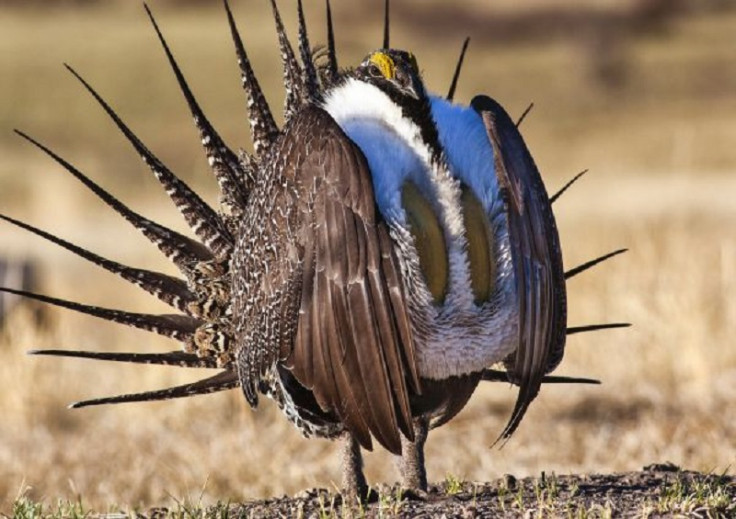Scientists alarmed by grouse population plunge

The greater sage grouse population in the western US has plummeted by more than half in a five-year period, according to startling new statistics revealed as Republican politicians try to block efforts to label the birds an endangered species.
"Our research should and must ring alarm bells," said University of Idaho ecologist Edward Oz Garton, who led the research. "These numbers indicate to us that if significant protections aren't established, this important bird and the entire sagebrush steppe region face irreparable harm."
The study, commissioned by the Pew Charitable Trusts, is the most comprehensive tally of the birds. It tracked numbers from 2007 to 2013, which plunged from 110,000 to 49,000. The findings should have a key impact on branding the birds an endangered species, which will afford them several new protections, such as limits on development in their territories.
In response to a court action, a judge has given the federal Fish and Wildlife Services until September 30 to decide if the grouse should be considered endangered.
But Congress last year passed a spending bill barring the agency from writing a rule triggering actual federal protections. In addition, two bills this week by Republican Colorado Senator Cory Gardner and GOP Utah Representative Rob Bishop would delay any listing, and would roll back federal sage grouse protection plans for up to a decade.
Even if a new classification can hurdle the political challenges, it might no be enough to save the grouse.
The findings are grim, Ken Rait, director of US public lands for Pew, told Environment & Energy Publishing. The study presents "definitive evidence about the fragile state" of the bird, and is also a troubling sign of a failing sagebrush ecosystem, home to hundreds of other key species.
© Copyright IBTimes 2025. All rights reserved.






















